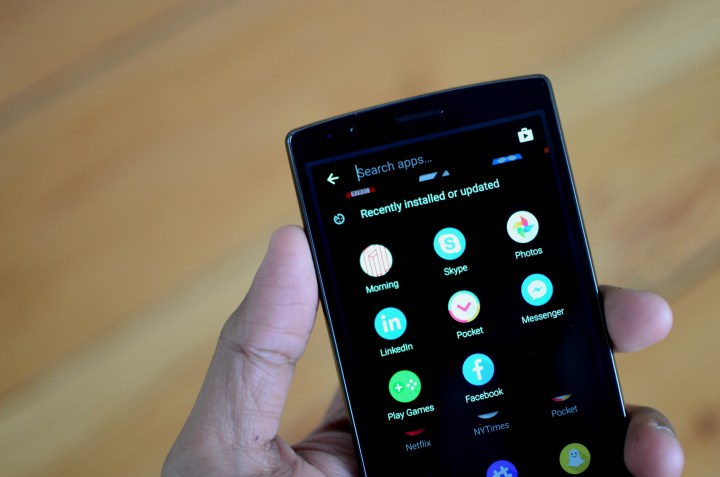
Spaces
Copying and pasting links and sharing videos and photos all can be a drag on mobile devices. That’s why Google built Spaces, a new app that lets you run searches, peruse YouTube videos, and even browse the web — then immediately share to a group to discuss. It all works in one app, so you don’t have to keep switching around when you share content. You can also share a URL of your group to bring anyone into the conversation.
Science Journal
Here’s another app by Google, but Science Journal, as the name implies, is aimed more at folks interested in running experiments on their mobile devices. Our smartphones are packed with all sorts of sensors, and Google believes people should be able to use this to their advantage. You can record light, sound, and more; organize your data; and add observation notes. This revolves around your own experiment and whatever you’re interested in measuring or exploring.
Zenly
Having to constantly answer questions like “Where are you” and “When will you get here?” can be a nuisance. For those seeking an easier way to keep in close touch, you may be interested in getting your friends and family on Zenly. The app lets you track the real-time location of your chosen few (with their consent, of course). You can use the app to ask if people want to hang out via emojis, and see them move as they head over to the set destination. If you’re worried about privacy, Zenly has simple controls which allow you to hide your location when you do not want to be tracked.
Wonder
If you sometimes find yourself wishing you were more creative, Wonder can help. The app turns the creative process into a game, helping you link and generate ideas. You can further expand these ideas with your own notes, sort of like a notebook for your ideas — whether they’re for a book or a project at work. Wonder also has a community of users generating interesting ideas and concepts that you can take inspiration from if you need some extra help.
Rawr Messenger
Rawr is a messaging app that doesn’t let you send photos. Rather, users rely on virtual avatars they design to their own liking. These avatars are displayed in the background of messages, and you can trigger them to execute animations via hashtag commands. For example, #kiss will have one avatar kiss the other. Rawr also has a feature called Globetrotter, which is similar to having a pen-pal, as it pairs you with a random Rawr user from somewhere in the world.







